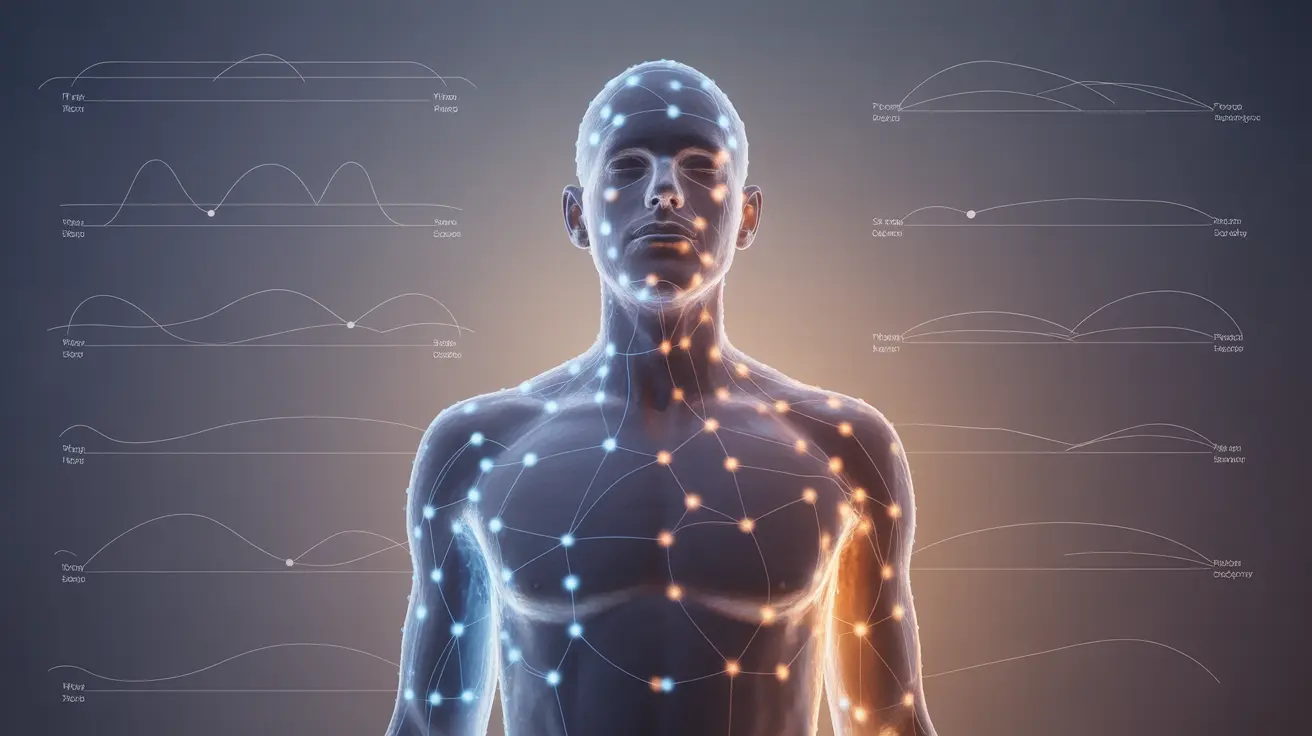Brisk reflexes, also known as hyperreflexia, occur when the body's natural reflex responses are more pronounced than usual. These heightened reflexes can provide important clues about the functioning of your nervous system and may indicate various underlying health conditions that require medical attention.
While some degree of reflex response is normal and healthy, unusually brisk reflexes warrant careful evaluation by healthcare professionals. Understanding what brisk reflexes signify can help you recognize when to seek medical assessment and appropriate treatment.
What Are Brisk Reflexes?
Brisk reflexes represent an exaggerated response to stimulus during a routine reflex test. When doctors test reflexes using a reflex hammer, they're evaluating the communication between your nerves and muscles. In cases of brisk reflexes, the response is quicker and more forceful than typical.
These enhanced responses typically occur in specific areas such as the knee (patellar reflex), ankle (Achilles reflex), or arm (biceps reflex). The intensity of the response helps healthcare providers assess the condition of your nervous system.
Common Causes of Brisk Reflexes
Neurological Conditions
Several neurological conditions can lead to brisk reflexes:
- Multiple sclerosis (MS)
- Amyotrophic lateral sclerosis (ALS)
- Stroke
- Spinal cord injuries
- Brain injuries
Other Medical Factors
Additional factors that may contribute to brisk reflexes include:
- Anxiety and stress
- Certain medications
- Electrolyte imbalances
- Vitamin B12 deficiency
- Thyroid disorders
Diagnosis and Assessment
Healthcare providers use several methods to evaluate brisk reflexes:
- Deep tendon reflex testing
- Neurological examination
- Medical history review
- Physical assessment
- Additional diagnostic tests when necessary
Treatment Approaches
Treatment for brisk reflexes typically focuses on addressing the underlying cause. Common approaches include:
- Medication management
- Physical therapy
- Occupational therapy
- Lifestyle modifications
- Regular monitoring and follow-up care
When to Seek Medical Attention
Certain signs warrant immediate medical evaluation:
- Sudden onset of brisk reflexes
- Accompanying muscle weakness
- Changes in coordination or balance
- Difficulty walking or performing daily activities
- Unexplained sensory changes
Frequently Asked Questions
What do brisk reflexes indicate about a person's health?
Brisk reflexes often indicate increased activity in the nervous system and may suggest an underlying neurological condition. They can signal issues with the brain, spinal cord, or nerve pathways that require medical evaluation.
What are the common causes of brisk reflexes, and how are they diagnosed?
Common causes include neurological conditions like multiple sclerosis, stroke, and spinal cord injuries. Diagnosis involves physical examination, reflex testing, and potentially additional tests such as MRI or nerve conduction studies.
How are brisk reflexes treated or managed, and what are the treatment options?
Treatment depends on the underlying cause and may include medications, physical therapy, and lifestyle modifications. Management often requires a comprehensive approach coordinated by healthcare professionals.
Can brisk reflexes be a sign of a serious underlying condition, such as multiple sclerosis or stroke?
Yes, brisk reflexes can be an important indicator of serious neurological conditions like multiple sclerosis or stroke. However, they may also occur due to less serious causes, which is why proper medical evaluation is essential.
What lifestyle changes or therapies can help manage symptoms associated with brisk reflexes?
Beneficial lifestyle changes may include stress reduction techniques, regular exercise within prescribed limits, proper rest, and following a balanced diet. Physical and occupational therapy can help improve function and manage symptoms.




